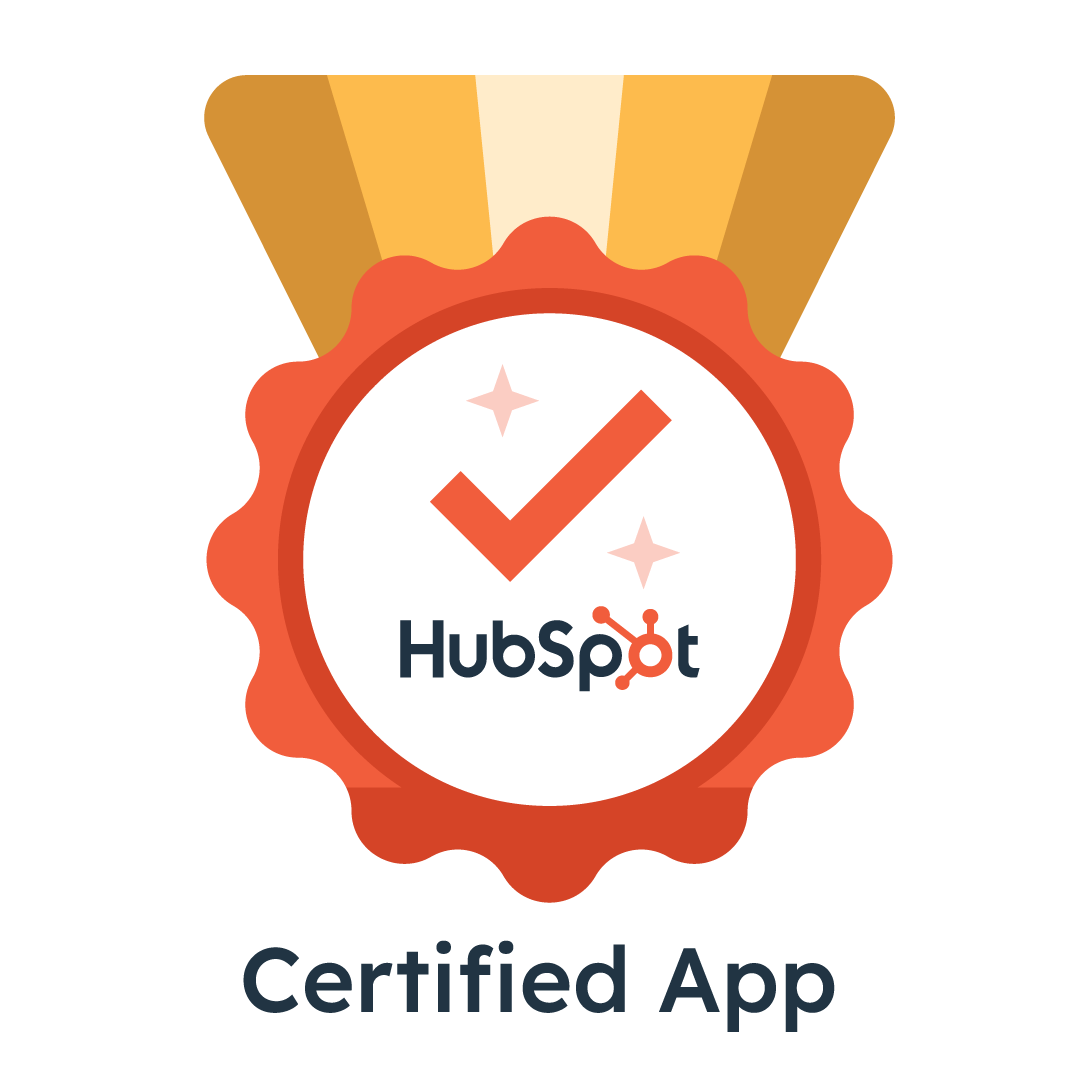HubSpot Basic Cloning vs. CloneNer
HubSpot now includes a native cloning feature in the CRM — a convenient way to duplicate records without extra tools. It’s simple, fast, and built right in.
Cloning needs aren’t one-size-fits-all — every team handles them differently.
Why This Page Exists 🤔
Recently, HubSpot introduced a built-in cloning feature — something the community has been asking for for years. It's a solid addition that solves the basic need for duplicating records like deals, and we’re glad to see it becoming part of the platform.
For some, it’s enough to spin up a quick duplicate of a record and move on. For others, cloning is part of a larger process — where keeping every association matters, formulas need to run automatically, tokens personalize data, and workflows handle repetitive tasks at scale.
Both solutions live inside HubSpot. The difference lies in how powerful and flexible your cloning process needs to be.
At CloneNer - Clone & Dupliacte, we believe in transparency. So instead of ignoring the update, we created this page to help HubSpot users make an informed decision. This comparison shows what HubSpot’s native cloning can do- and where CloneNer still goes further.
| Feature | HubSpot Basic Cloning | CloneNer - Clone & Duplicate |
| Supported Objects | Deals, Tickets, Contacts, Companies, Custom Objects, Appointments, Listings, Services, Courses | ✅ Deals, Tickets, Contacts, Companies, Custom Objects, Appointments, Listings, Services, Courses + tailored controls for each object |
| Cloning Method | Manual only, via record view | ✅ Manual and ✅ Automated |
| Association Copying | Only those included in the create form | ✅ Full association mapping: contacts, line items, tickets, etc. |
| Pricing | ✅ Free (All hubs and tiers) |
Starts at $19/m. (no user limit) |
| Custom Property Selection | ❌ Limited | ✅ Full control over which properties to clone |
| Cloning Templates | ❌ No | ✅ Yes, Reusable cloning templates |
| Automation (Auto-rules) | ❌ No | ✅ Yes, Trigger cloning via webhooks (no manual action) |
| HubSpot Workflow Integration | ❌ No | ✅ Yes, Trigger cloning via workflows (no manual action) |
If you just need a quick duplicate then, HubSpot’s native cloning gets the job done. But if you’re scaling, managing complex processes, or relying on automation, CloneNer was built for you. Let’s dive in and figure out which option is the best fit for your team.
| HubSpot Basic Cloning | CloneNer - Clone & Duplicate |
|
|

CloneNer is certified by HubSpot
Trusted and verified by HubSpot for Quality, Security, and Performance. Get peace of mind knowing that CloneNer meets HubSpot’s standards. Built to enhance your CRM experience, backed by official certification.
Which Cloning Tool Should You Use?
When Basic is Enough
HubSpot’s native cloning works well when your duplication needs are straightforward: one-off record copies, standard objects, and minimal associations.
If you just need a quick way to replicate records without worrying about activities, line items, or custom logic, it gets the job done perfectly.

As Complexity Grows
Once cloning requires preserving associations, applying formulas, using personalization tokens, or automating via workflows and rules, native cloning starts to feel limited.
That’s where CloneNer takes over — with templates, auto-rules, full association retention, dynamic property updates, and workflow integration that flex with the way your team really works. But CloneNer is built for more advanced needs: it offers automation through Auto-Rules, reusable templates, full association control, and integration with HubSpot Workflows.
For teams managing repeatable processes or high-volume cloning, CloneNer provides the power and flexibility HubSpot’s built-in feature doesn’t.


.png)